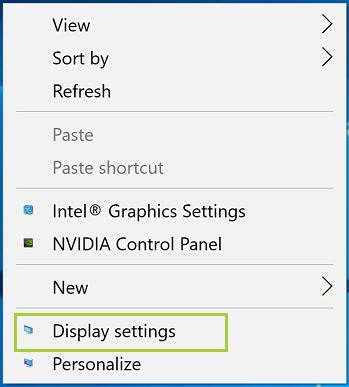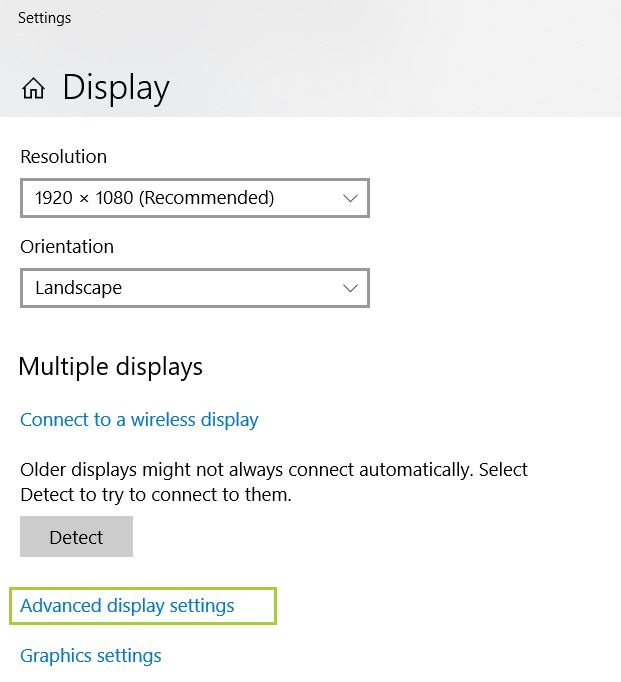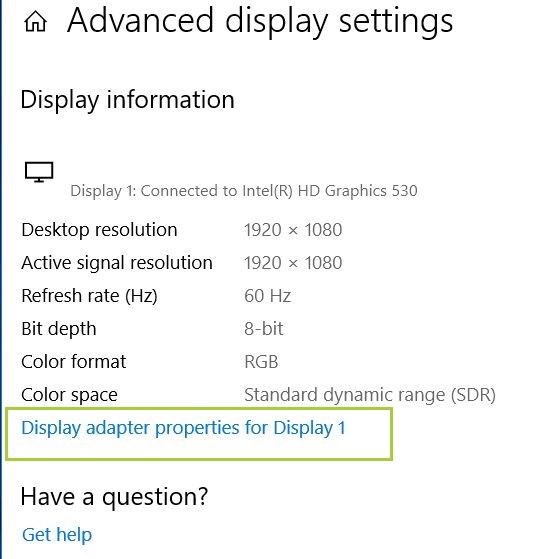Intel® Core™ i9-12950HX Processor Graphics Base Frequency, Max Dynamic Frequency and Video Max Memory
Content Type: Product Information & Documentation | Article ID: 000095032 | Last Reviewed: 09/04/2024
Information and explanation for the integrated graphics base frequency, max dynamic frequency and video max memory of Intel® Core™ i9-12950HX Processor.
Why is there not a Graphics Base Frequency for Intel® Core™ i9-12950HX Processor?
The following steps may be used to view a Windows® 10 computer’s graphics memory configuration:




| Note | The reported Shared System Memory is not an ongoing reservation of system memory. It's simply the limit of how much system memory the OS will allow graphics to use at a given time, on the given platform. |
| Note | By default, the Intel graphics driver will report 128 MB of fictitious Dedicated Video Memory for compatibility with applications that don’t correctly comprehend a fully unified memory architecture. See Dedicated Memory Reporting for more information. |
What is the Graphics Max Dynamic Frequency of Intel® Core™ i9-12950HX Processor?
Why is there not a Graphics Video Max Memory for Intel® Core™ i9-12950HX Processor?